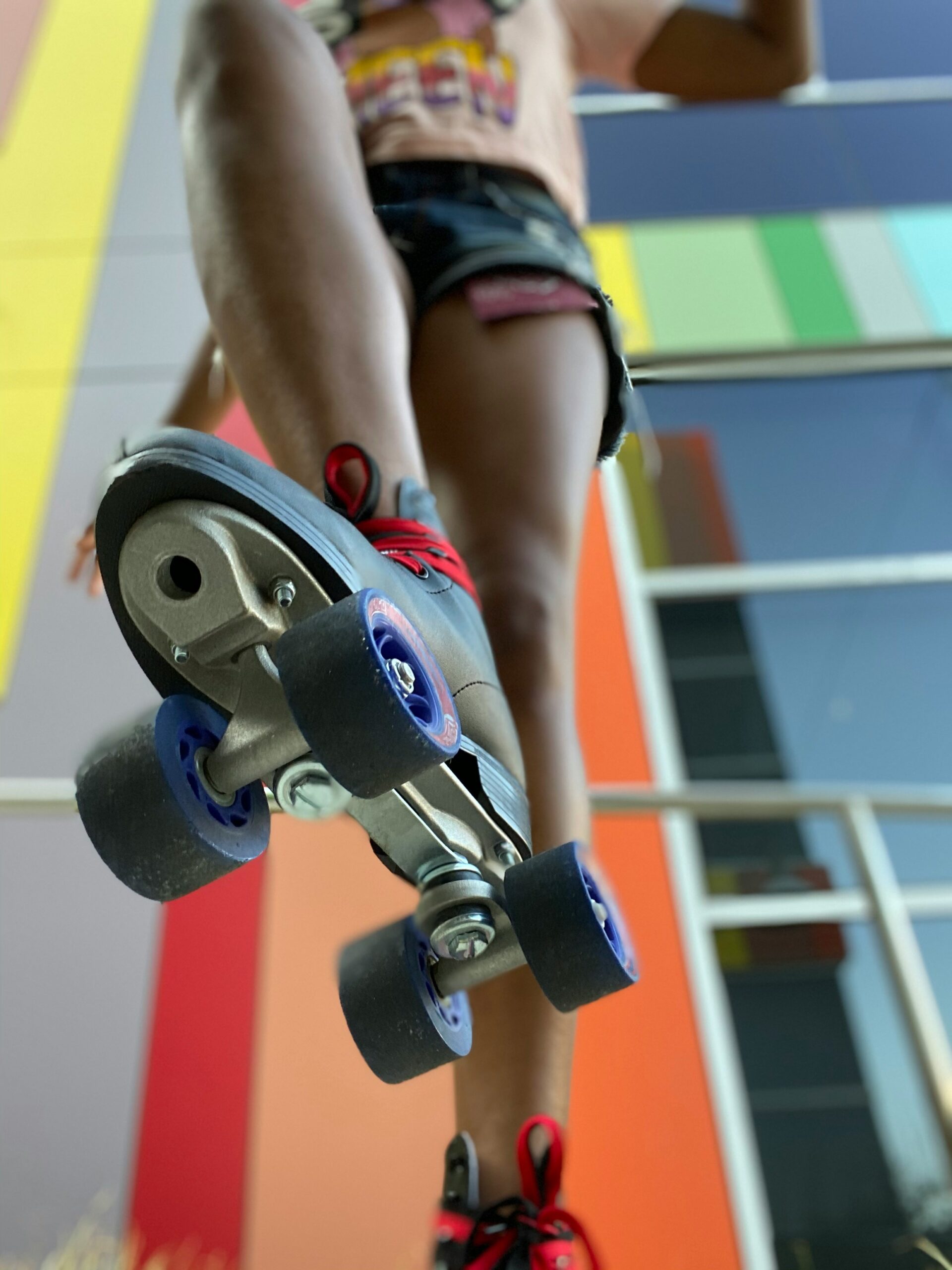Unleashing Potential Through Mindful Movement in Everyday Fitness
In the frenzy of our daily lives, fitness often gets relegated to a checkbox on our to-do lists. “Did I work out today?” becomes a mere question of time rather than a deeper inquiry into how we move, feel, and connect with our bodies. But what if I told you that the key to unlocking your full physical potential lies not merely in sweating it out at the gym but in embracing a philosophy of mindful movement?
Mindful movement intertwines physical activity with consciousness and intention, creating a symbiotic relationship between body and mind. It’s an approach that transcends traditional workouts, inviting us to engage with our bodies in a way that fosters awareness and respect for our own capabilities. You might be wondering, how can something so seemingly simple be transformative? Well, let’s delve deeper.
The Essence of Mindful Movement
At its core, mindful movement is about being present. It’s about tuning into your body’s rhythms, honoring its signals, and understanding its limits. This concept goes beyond yoga or meditation; it’s about incorporating mindfulness into every aspect of your physical activities. Think of it as a dance where you are both the dancer and the choreographer, crafting movements that resonate with your inner self.
The Science Behind Mindfulness
Research has shown that mindfulness can significantly affect our mental and physical health. Some studies suggest that engaging in mindfulness practices can reduce stress, enhance performance, and even improve recovery times. When we move with intention, we’re not just exercising our muscles; we’re also engaging our brains. As a sports journalist, I’ve interviewed countless athletes who emphasize the mental component of their training. They describe moments where they “zone in,” fully aware of their movements, which often leads to peak performance.
Take, for instance, the case of professional runners. They often describe the “runner’s high” as a state where the body and mind meld into a fluid motion, creating a rhythmic experience that transcends mere physical exertion. This profound connection is what mindfulness in movement seeks to replicate, not just for athletes but for everyone.
Practical Applications of Mindful Movement
Integrating mindful movement into your everyday fitness routine doesn’t require a complete overhaul of your lifestyle. It can be as simple as adjusting your mindset during a walk or a workout. Here are some practical tips to get started:
- Breathe Deeply: Focus on your breath. Inhale deeply, hold for a moment, and exhale slowly. This practice can ground you and draw your attention to the present.
- Connect with Your Body: Before you begin your workout, take a moment to notice how your body feels. Are there areas of tension? Are you fatigued? Listening to your body can guide your movements.
- Slow Down: Whether you’re lifting weights or going for a jog, try to slow down your movements. This allows for greater control and awareness, which can enhance your overall experience.
- Set Intentions: Before you start any exercise, set an intention. It could be as simple as “I want to feel strong” or “I want to enjoy this movement.” This helps align your mind and body.
Mindful Movement in Different Fitness Modalities
Now, let’s explore how mindful movement can be applied across various fitness disciplines. You might be surprised at how adaptable this philosophy is!
Yoga: The Pinnacle of Mindful Movement
Yoga is perhaps the most recognized form of mindful movement. Each pose invites practitioners to connect with their breath and body, promoting a sense of calm and clarity. I remember my first yoga class; I was skeptical at first, thinking it was just stretching. But as I flowed through the poses, I felt a profound sense of awareness wash over me. The instructor’s gentle reminders to focus on our breath made a world of difference. Suddenly, it wasn’t about perfecting my downward dog; it was about feeling every inch of my body as I moved.
In this practice, the concept of “drishti,” or focused gaze, plays a crucial role. By concentrating on a single point, yogis can enhance their balance and stability, embodying the essence of mindful movement. Studies have shown that regular yoga practice can lead to decreased anxiety and improved physical performance. Who wouldn’t want that?
Running: Finding Your Rhythm
Running, often perceived as a solitary endeavor, can also be infused with mindfulness. Have you ever noticed how the sound of your feet hitting the pavement can become a meditative rhythm? Mindful running encourages you to be aware of your pace, breath, and surroundings. It’s about more than just the finish line; it’s about enjoying the journey.
A few months back, I decided to take my runs off the beaten path—literally. I ventured into the woods, listening to the crunch of leaves beneath my feet and the chirping of birds overhead. It was a revelation. I found myself moving in harmony with nature, each step a reminder of my connection to the earth. That’s the beauty of mindful running; it transforms what can often feel like a chore into a celebration of movement.
Strength Training: Mind-Body Connection
Strength training often conjures images of grunting in the gym, muscles bulging, and sweat pouring. But mindfulness can elevate this experience, making it more than just a physical test. When lifting weights, focus on your form, your breath, and the muscle groups you’re targeting. Feel the tension, and appreciate the strength you are building.
I recall a conversation with a personal trainer who emphasized the importance of the mind-muscle connection. “It’s not just about lifting heavy,” he said, “it’s about feeling the muscles engage and understanding what you’re doing.” This perspective shifted my entire approach to strength training, leading to more effective workouts and less risk of injury.
Overcoming Barriers to Mindful Movement
Despite the benefits, incorporating mindfulness into your fitness routine can be challenging. Life gets busy, distractions abound, and let’s face it—sometimes we just want to get through our workouts. Here are some common barriers and how to overcome them:
Lack of Time
We’ve all been there, rushing from one obligation to another. The key is to remember that mindful movement doesn’t require hours of your day. Even a few minutes of focused breathing or stretching can yield significant benefits. Consider it a form of active meditation.
Distractions
In a world filled with notifications, staying present can feel nearly impossible. Try setting boundaries during your workouts. Leave your phone in another room, or turn off the music for a session. Embrace the silence and see how it transforms your experience.
Self-Doubt
Many of us struggle with self-criticism, especially in fitness. It’s easy to feel inadequate when comparing ourselves to others. However, mindful movement invites us to shift our focus from comparison to self-acceptance. Celebrate your unique journey, no matter where you are starting from.
The Role of Community in Mindful Movement
As much as individual practice is important, the community can amplify the benefits of mindful movement. Whether it’s joining a yoga class, running club, or group workout, the shared energy can motivate and inspire. I’ve found that training with others often leads to deeper connections—both physically and emotionally. There’s something about sweating together that breaks down barriers and fosters camaraderie.
Moreover, sharing your experiences with others can create a sense of accountability. When you’re surrounded by like-minded individuals, it’s easier to stay committed to your mindful movement goals. It’s as if you’re all in this beautiful dance together, each adding your unique flair.
Mindful Movement for All Ages
Mindful movement isn’t just for the highly fit or the young. It’s a practice that can benefit individuals across all ages and fitness levels. Whether you’re a spry teenager, a busy parent, or a grandparent looking to stay active, there’s a place for you in this movement. In fact, studies show that older adults who engage in mindful movement practices report improved balance, flexibility, and overall quality of life.
One vivid memory I have is watching my grandmother, who took up tai chi in her late 70s. The grace with which she moved was mesmerizing. She often described it as a way to connect with her body and mind, saying, “It’s like dancing, but without the pressure of a dance floor.” Her newfound passion not only improved her physical health but also sparked joy in her daily routine.
Conclusion: The Journey Ahead
Embracing mindful movement can be a profound and enriching experience. It invites us to step back from the chaos of our lives, to honor our bodies, and to cultivate a deeper connection with ourselves. As we navigate the complexities of modern life, finding moments of mindfulness can transform our relationship with fitness from a chore into a cherished part of our day.
So, the next time you lace up your sneakers or roll out your yoga mat, remember that it’s not just about the workout. It’s about the journey—each breath, each movement, each moment of awareness. Unleash your potential through mindful movement, and watch as it enhances not only your fitness but your overall well-being. Because, let’s face it, who wouldn’t want to feel stronger, more centered, and more alive?
Now, go on, give it a try. You might just surprise yourself with what you discover.




